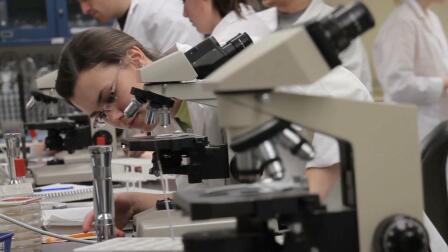Back to Show
SciTech Now
SciTech Now Episode 224
Season 2
Episode 224
In this episode, we learn why beluga whales are a reflection of the health of a watershed; author and scientist Ainissa Ramirez discusses how bubbles might help NASA catch comets; we explore the importance of studying the physiological changes that occur in traders during financial bubbles and crises; and a collaborative workspace reveals how it serves as a catalyst for new startups and apps.
Support Provided By

26:47
Salamanders; music apps; an asteroid spacecraft; reducing infection; master plumbers.

26:47
Pokemon Go; the science of magnets; recycling; and memory.

26:49
3D printing organs; communicating with fireflies; the ethics of driverless cars; and Zika.

26:47
Imaginary friends; repairing tech; turning waste into gasoline; and injured elephants

26:49
Cochlear implants; invisibility cloaks; dysphagia; dopamine; and underwater VR.

26:47
Electric eels; the future of lightbulbs; a Nobel Prize winner; and soldiers train with VR

26:47
Healthcare technology in the military; small data; autonomous vehicles; whaling

26:47
Solar power; the physics of ketchup; carbon taxing; a new coral reef; and controlled burns

26:51
Biodesign; life on other planets; human augmentation; teaching code to kids.

26:46
Augmented reality; NASA's smart glasses; mapping the brain; and the Carolina Chickadee.

26:47
Zika; technology and the refugee crisis; the mysterious octopus; and an a center for teens

26:47
Superblooms in Death Valley; voting apps; studying craters; and armpit science.











